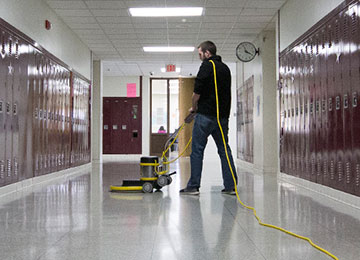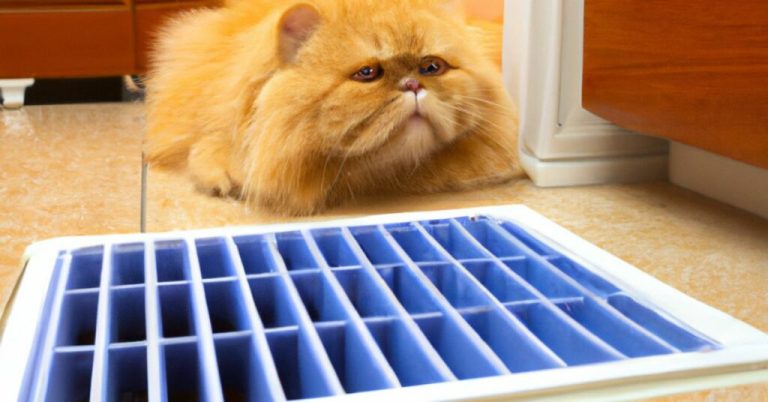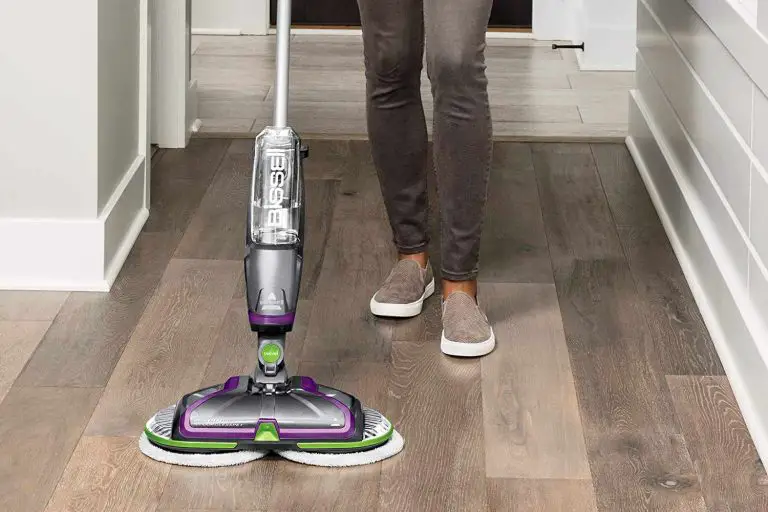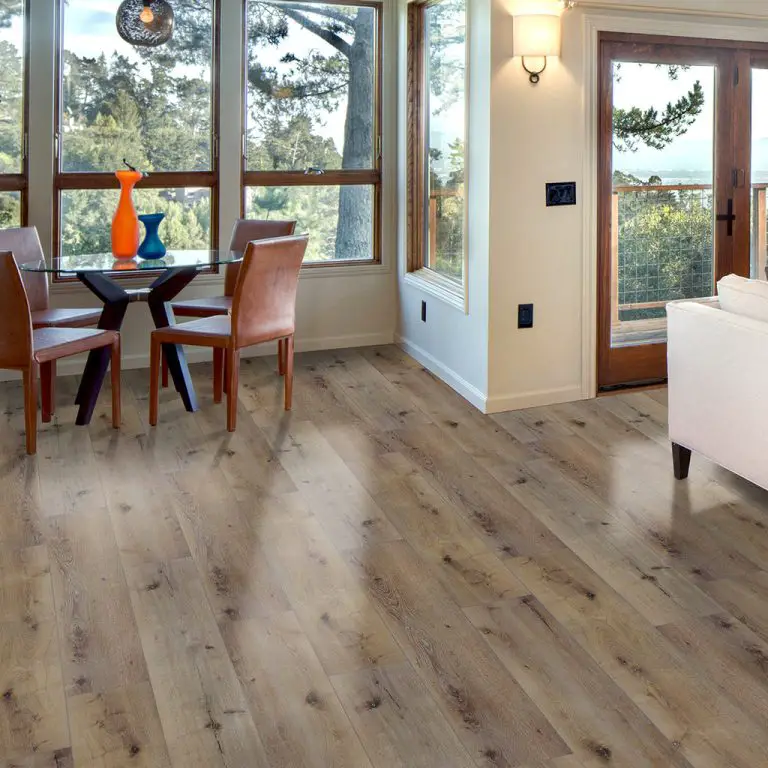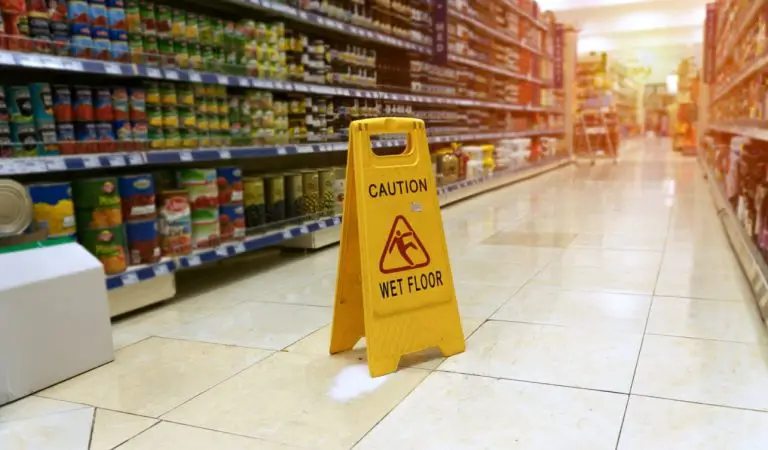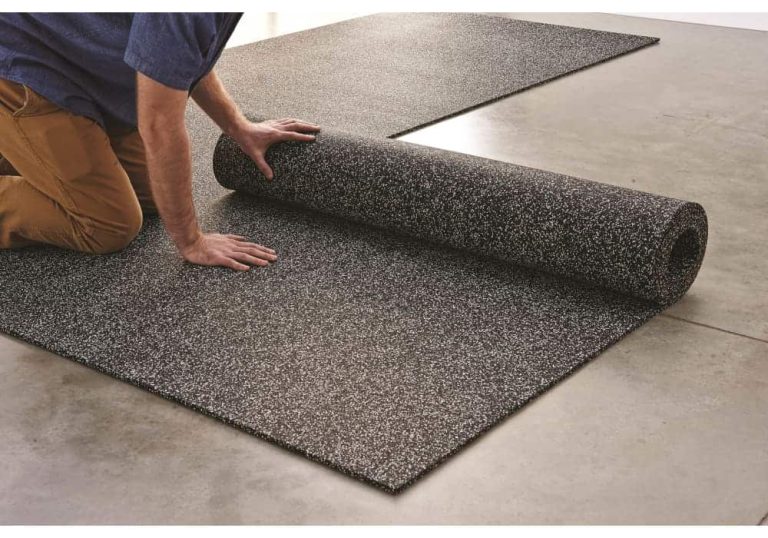How to Build a Floor Over Dirt
Building a floor over dirt can be an economical way to add additional living space to your home. Whether you’re looking to create a basement or need more storage room, building a floor over dirt is possible with the right materials and tools. Not only does it provide extra space for whatever purpose you desire, but it also adds value to your house if done correctly.
Planning ahead is essential before beginning any major project like this one since there are several factors that must be taken into consideration such as soil composition, moisture levels, and desired end results. In this blog post, we’ll discuss how to best go about constructing a new floor over dirt quickly and easily so you can start enjoying your newly expanded living space sooner rather than later!
- Step 1: Remove Topsoil – Use a shovel to remove the top layer of soil from the area where you want to build your floor
- Make sure that the area is clear of all vegetation, rocks, and debris before proceeding
- Step 2: Level Ground – Level out the ground with a rake so that it’s as even as possible
- If there are any large bumps or dips in the surface, use sand or soil to fill them in until you have an even surface
- Step 3: Lay Down Vapor Barrier – Spread down a vapor barrier over the leveled dirt and ensure that it covers every inch of space evenly
- This will help protect against moisture seeping up through your flooring material and causing damage later on down the line
- Step 4: Install Floor Joists – Measure out how big your floor needs to be and install joists along each side, creating a frame for your future floor planks
- The joists should be spaced no more than 16 inches apart for optimal stability and strength when walking across them later on
- Step 5: Secure Plywood Subfloor– Place plywood sheets overtop of each joist section until they are completely covered by wood planks at least ½ inch thick or thicker depending on what type of finished look you’re going for
- Nail into place using galvanized nails specifically made for outdoor applications
- Step 6: Seal Edges- After everything is nailed into place, seal off each edge with caulk or silicone sealant prior to installing any other materials like tile or hardwood floors
- This will keep moisture from seeping in between boards which can cause mold growth if not properly sealed off first
Flooring Over Dirt Basement
When you think of a basement, the first thing that comes to mind is probably dirt floors and cold cement walls. While these basements have their charm, they’re not always the most inviting or comfortable space. Fortunately, there are ways to make them more livable by installing flooring over dirt basement floors.
The primary benefit of doing this is that it can provide insulation from cold temperatures in your basement as well as help reduce dampness and moisture levels. Additionally, flooring over dirt basements can add visual appeal to an otherwise dreary area, making it a more pleasant place for family members or guests who may come down into the lower level of your home. When choosing which type of flooring to install on top of a dirt basement floor, there are several options available.
Carpet tiles are one popular choice since they’re easy to install and don’t require much maintenance once laid down correctly. Vinyl plank flooring is also another great option due to its durability and waterproof qualities while still providing an attractive aesthetic look with various color options available depending on your style preference. Hardwood floors are also an option but should only be used if you have adequate ventilation in order to avoid any warping issues caused by moisture buildup in the air below ground level.
. If you decide to go with carpet tiles or vinyl planks for your new basement project then make sure that you use adhesive specifically designed for installation on concrete surfaces such as self-leveler compound (for carpets) or high grip adhesive (for vinyl planks). You will also need some sort of sealant like latex paint/sealer for added protection against water damage before laying down either type of material so ensure that whatever product you choose has been approved as safe for installation purposes by local building codes in your area.
If hardwood floors are what you prefer then start off by having the professionals at Home Depot inspect your subfloor surface prior to installation because if too much moisture has built up underneath then no amount of sealant will prevent potential warping issues later on down the line when wood absorbs excess wetness form nearby soil particles present beneath concrete slabs inside foundations.


